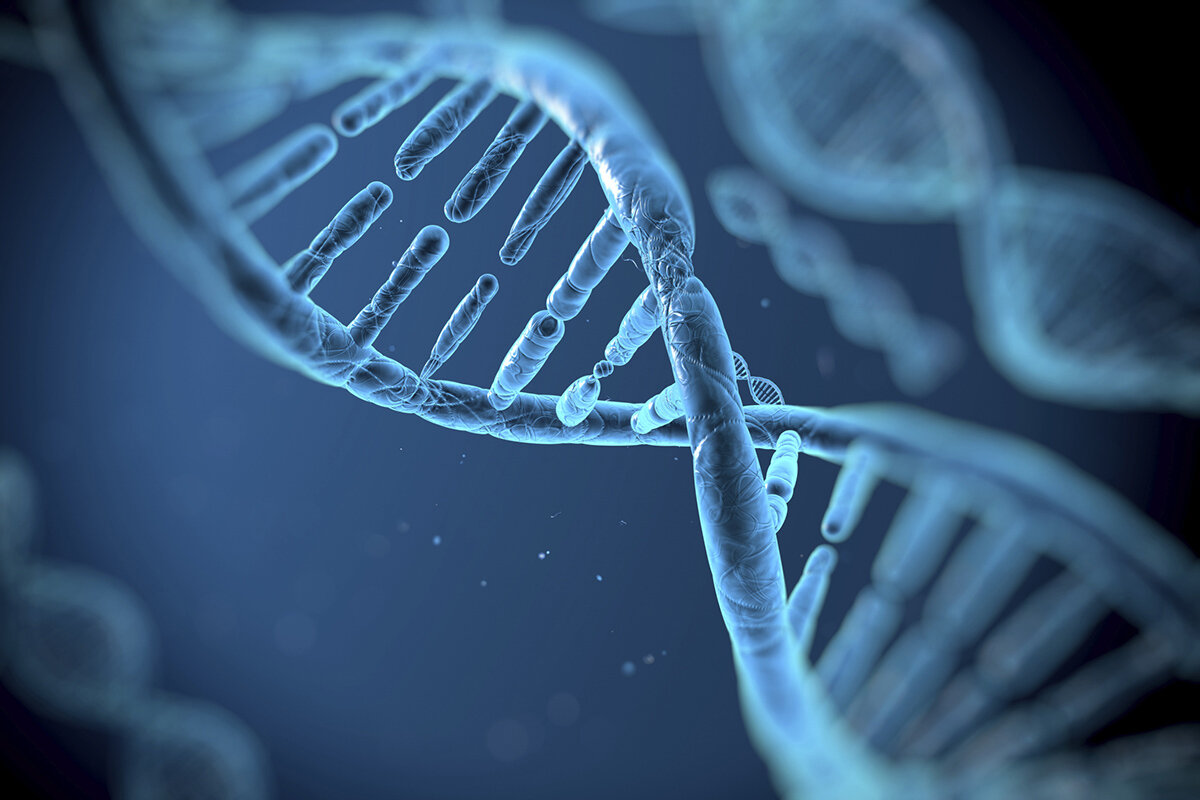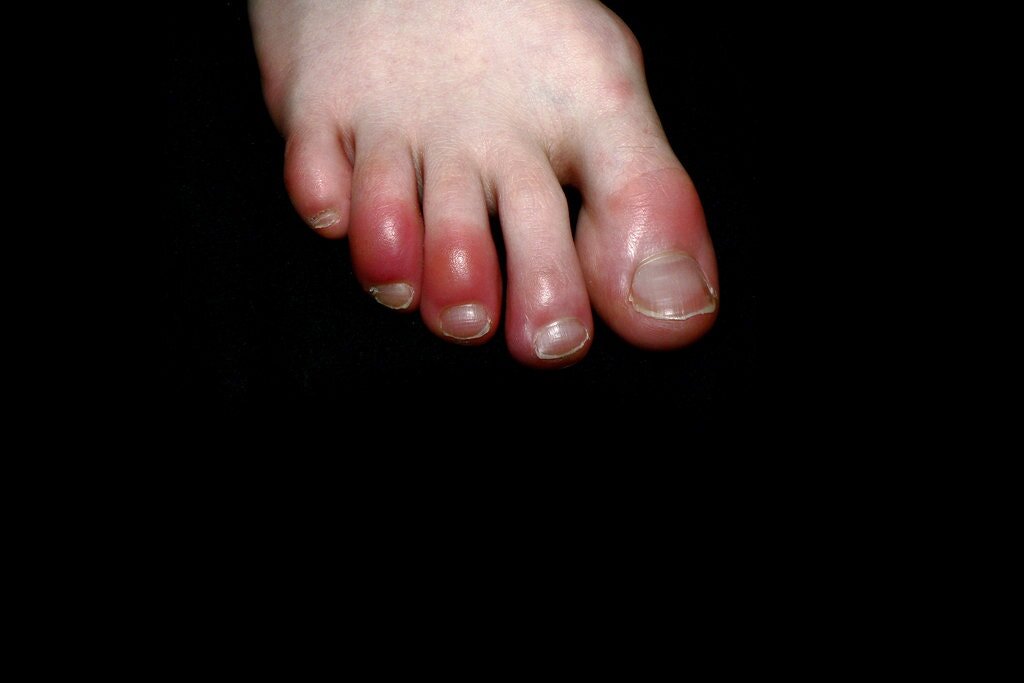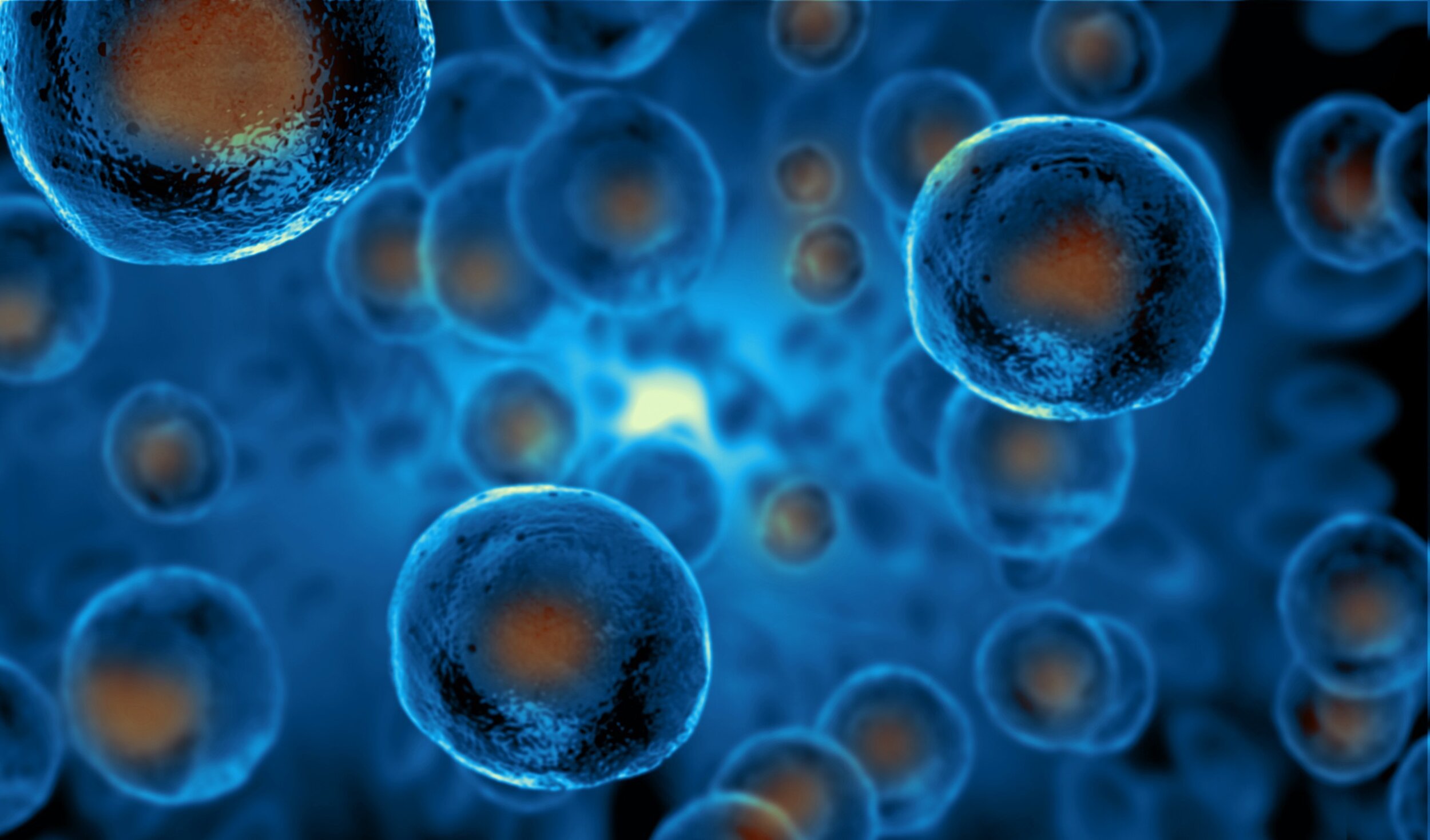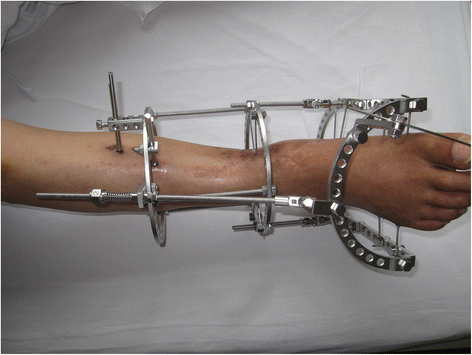Image Credit: Orthobullets
Authors: Gordon Slater| Tandose Sambo
“Health is a large word. It embraces not the body only, but the mind and spirit as well; …and not today’s pain or pleasure alone, but the whole being and outlook of a man.”- James H. West
Physical activity is part of our lives as healthy individuals. During activities such as sports, a very rare but possible occurrence is the development of a fracture. A broken bone can be developed from a sports injury or even a fall during an alternate activity. Bones are strong, and with their strength is an inherent lack of flexibility. With the appropriate forces they will incur stresses that will cause them to break. Additionally, there are various health conditions that can lead to the development of brittle bones. These include osteoporosis and some cancers.
How Does a Bone Heal?
The body has built in healing mechanisms that are able to facilitate the restoration of bone once there’s a fracture. The healing of bones is a long process and can take up to twelve weeks. The healing process takes place in a series of sequential mechanisms.
Stages of Indirect Healing
Acute Inflammatory Response
The human body is a very smart mechanism, and the healing process begins almost immediately after the fracture has occurred. The body usually instantaneously senses that there’s an injury. The body may initially go into shock to numb the pain of the trauma, and then start the process of healing the wounded site. Inflammation is the first step of the bone healing process. The acute inflammatory response is an activity that takes place within 24 hours of the fracture, and lasts for approximately seven days subsequent to the fracture.
The healing process is initiated by the formation of a haematoma. The body is nourished by the blood, and the bones do have a blood supply. Once there is a fracture, blood will rush to the site and accumulate around the fractured site. The concentrated blood will then start to clot, and with the constituents of peripheral and intramedullary cells and bone marrow cells. This framework will cause the formation of a callus.
Recruitment of Mesenchymal Stem Cells
The stem cell has long been identified as the regenerative life force in our bodies. With their ability to divide and duplicate, as well as generate new and different stem cells that are relevant to a healing site, it is possible to regenerate cartilage cells and even bone cells. This is great news for the broken bone. With the ability to rebuild the bone naturally, having an abundance of these cells will save the individual time during the healing processes.
Stem cell therapy as a regenerative medicine, is also emerging as a means to heal the body. The stem cells are those parts of our bodies that are able to create new cells as needed by the body. With time, our stem cell count diminishes. Via external injections however, healing can be restored to a site. In the regenerative realm, researchers are studying how stem cells can be used to replace, repair, reprogram and even renew diseased cells. When healthy cells abound, the appropriate mechanisms of healing will follow.
As undifferentiated, yet intelligent cells, stem cells have the amazing ability to grow and develop into the cells the body needs for a healing mechanism. The sources of these stem cells vary from sites such as a placenta (embryonic stem cells), garnered from a labor and delivery exercise, to adult stem cells that are extracted from places like the fat of the body, and genetically reprogrammed to the desired purpose. The latter stem cells are known as induced pluripotent stem cells. The current medical studies are aiming to identify how reprogrammed stem cells specifically generate specialized stem cells that are able to repair cells in healing sites such as the heart, foot and ankle and also in the nervous system. Bone is unable to regenerate unless specific mesenchymal stem cells are recruited, proliferated and differentiated into osteogenic cells.
Fibrin-rich granulation tissue forms after the haematoma has developed. Efforts to stabilize the site are facilitated by the formation of endochrondals. Soft callus formation takes place by the 7 day stage of healing. A hard callus starts to form in parallel with the soft callus. The hard callus will eventually enable the bone to bear weight at the appropriate time.
Revascularization and Neoangiogenesis
Within the bone, there is a blood supply that enables the bones to stay healthy and regenerate. The blood is the source of all healing mechanisms, and it will be critical for bone repair. Via the appropriate mechanisms, blood vessels are directed to the healing site, to ensure that healing cells have access to the repair.
Mineralization and Resorption of the Cartilaginous Callus
During the healing process, the soft callus is resorbed in the body, and the hard callus remains as the permanent structural support of the bone. Via the mechanism of embryological bone development and involvement of the processes of cellular proliferation and differentiation, an increase in cellular volume and matrix deposition, the bone integrity is restored.
Bone Remodeling
With the restorative process, there is a second restorative stage after the development of the hard callus. The hard callus is subsequently remodelled, in order to generate a lamellar bone structure that contains what is classified as a central medullary cavity. Just as the soft callus is resorbed and replaced by the hard callus, the hard callus is resorbed by the body and replaced by the lamellar bone created by system osteoblasts. As a sequential process, the establishment of lamellar bone structure takes place at the 3-4 week mark.
How Long Does Bone Healing Take?
Bone healing takes approximately six to twelve weeks, in order to achieve a desired outcome. Healing in children is often faster in children than in adults. Via consultations, the foot and ankle surgeon will be able to determine if the patient is able to bear weight on the bone.
What Helps Promote Bone Healing?
In addition to natural healing mechanisms, there are some pre and post operative steps that your foot and ankle surgeon will be able to take in order to optimize the healing process. These include diet changes and bone health supplements. For diabetic patients, it will be critical to ensure that blood sugar levels are controlled.
Bones will also be held in place via the utilization of mechanisms such as casts, as well as the utilization of screws, plates and wires to keep the healing site secure. The foot and ankle surgeon will advise when the weight bearing process will be facilitated. Once adequate healing is facilitated, physical therapy will help with the rehabilitation process that will restore strength and balance to the site. Normal activities will then be resumed.
References:
FootHealthFacts: https://www.foothealthfacts.org/conditions/bone-healing
Physiopedia: https://www.physio-pedia.com/Bone_Healing









































